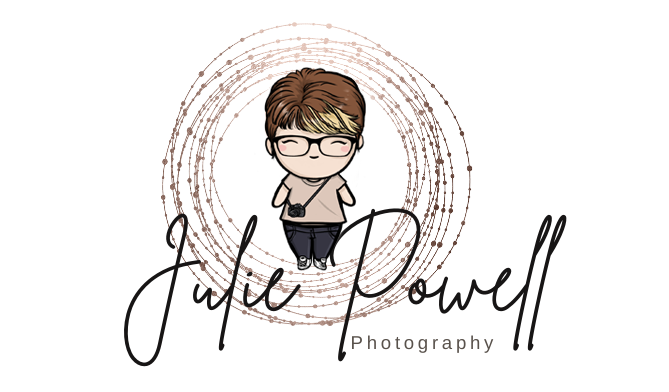What you see is what you get, and it begins with a calibrated monitor
What you see is what you get, and it begins with a calibrated monitor. I recently found out just that when I was given a SpyderX Pro to try out. I had never calibrated a monitor before, even though as a photographer I know I should have. I work predominantly with digital images and I figured as long as they looked good on my screen, that was OK.
WRONG! Future clients may look at your work and see something wildly different from the reality. I was lucky — my differences were quite small. Maybe it’s time you take a look at calibrating your monitors, too?
So what does calibrating your monitor actually mean?
Even with high-end calibrated monitors straight from the factory, they may still require calibration when you get them home. Generally, you attach a calibrator to your monitor and run the diagnostic software. This will read the output from your monitor based on color and brightness, and adjust them as required to hit a preferred profile like sRGB.
Another feature of current monitor calibrators is the ambient light readout. What this means is via the inbuilt sensor it can adjust your monitor’s brightness depending on your how bright or dark the room is. You can then be confident that your monitor is accurately displaying brightness and colors.
Why calibrate your monitor?
As someone who had never calibrated their monitors before, this is a really good question. I have had some problems in the past with images on my monitor appearing different on different screens and when I print.
It was frustrating. Even though I had switched from a cheap generic monitor to a high end one, this did not guarantee it was properly calibrated. Even subtle deviations can make a big difference when it comes to printing.
If you monitor is set too dark or the color is off, it can really make a big difference to HOW your edited images can look. You could easily be looking at images that are a full stop or two under or overexposed on an uncalibrated monitor. I guess it really boils down to the fact that if you truly respect your work, you calibrate your monitor. You’re a “pro.” But as a pro, I didn’t calibrate my monitor. I’ve certainly learned my lesson.
Why bother calibrating if others don’t?
You can only control your own environment, but if your monitor(s) are calibrated correctly you know that the images you are working on are true to how they were taken and how they should look.
You also know what to expect when you print them, and that they will look very similar (if not the same) as what you see on your screen. Without calibrating your screen your images could look too warm or too cool.
So how do you actually do it?
That is the easy bit. With a SpyderX Pro, it is actually super quick and easy. Visit their website, download the software and install it, connect the calibrator to the PC and attach to your screen, in under two minutes you’re done!
When should you do it
Datacolor suggests running a calibration every 4-6 weeks. Why so often, especially when you may not have been doing it at all? Over time, subtle changes and variances in brightness and color can happen in monitors as they age. There is also dependence on the ambient light in the room. The light can change depending on the time of the year, which could possibly affect your ambient light in the room.
Where do you get it?
So now I have convinced you that you should be doing this too, where can you get yours? Check out Datacolor’s website. They have a few different variants, like the SpyderX Elite. But for the average user, the Pro version seems to be a great starting point.
I have been running my monitor calibrated for a little while now and have been going back over some older images. Even though my monitor was not so bad, it is still amazing the small difference can make such a big change. If you haven’t made the jump yet, I suggest you invest in a monitor calibrator.
Think of it as an investment — it really can make such a big difference. We spend so much money on all our camera gear, we are only letting ourselves and our hard work to get those amazing images down if our monitors are not calibrated correctly.













